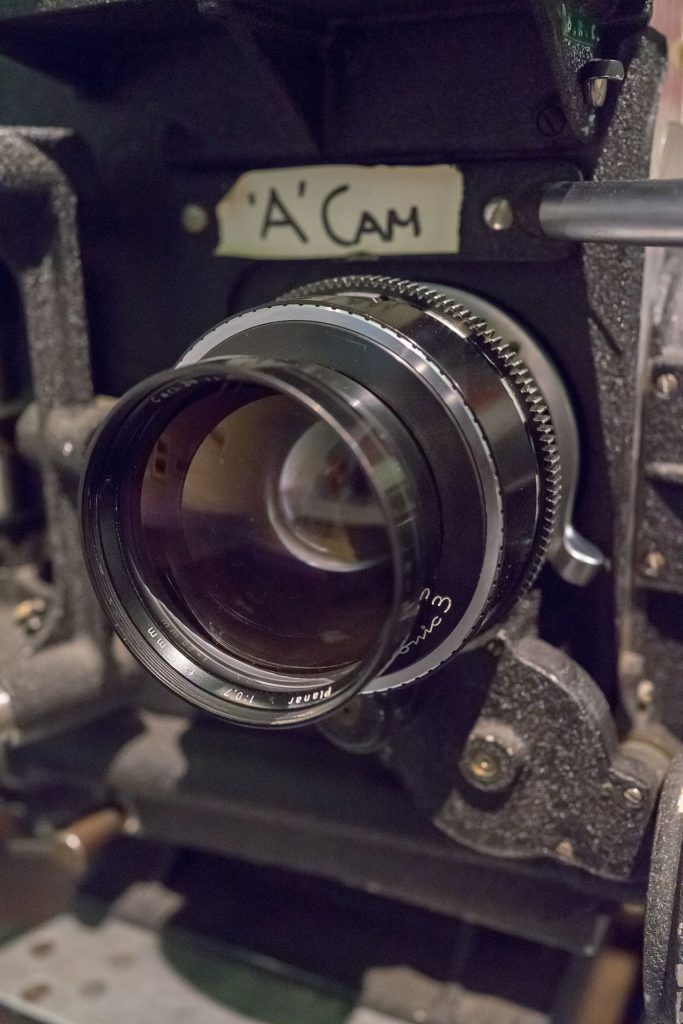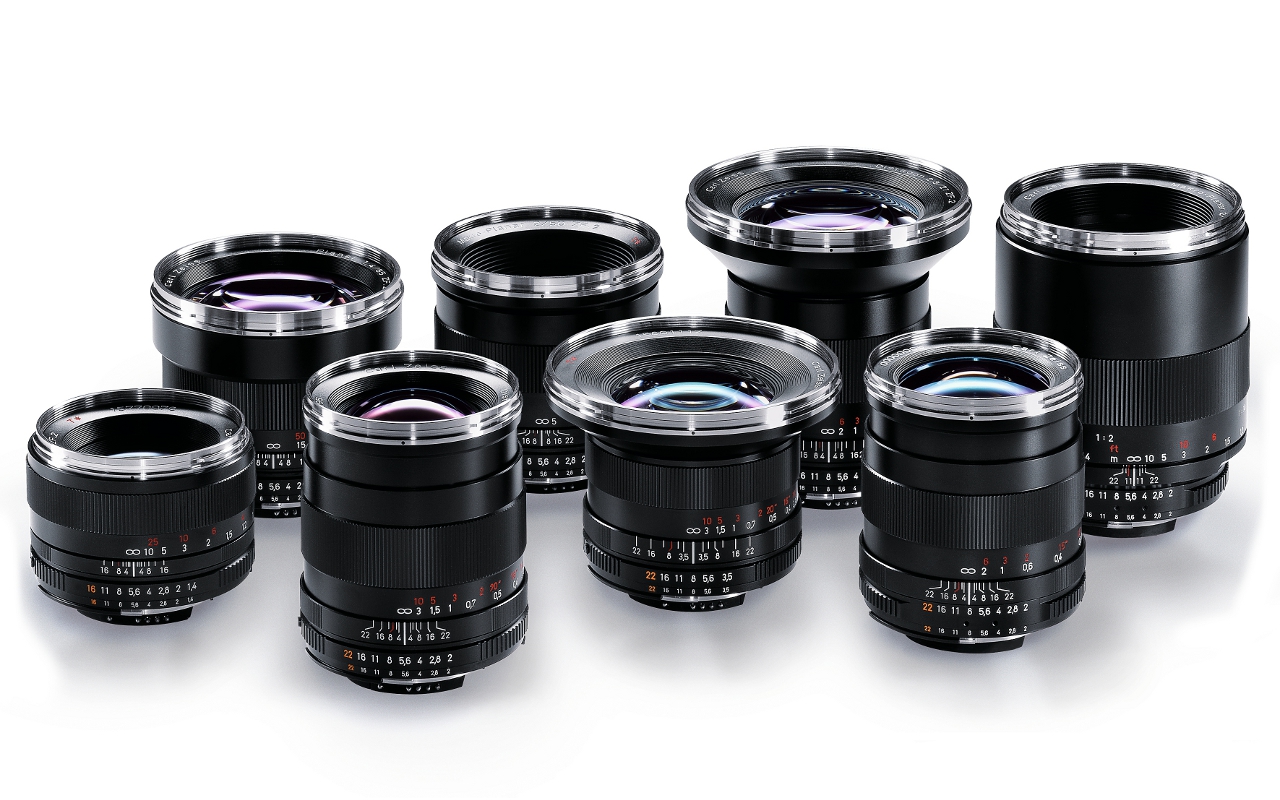Which lens is good?
Which lens is good expensive or cheap? Is it worth buying a lens for thousands of dollars?
Buying a camera complete with a whale lens, after a certain period of time, we begin to think that this lens can not cope with the task. And we decide to buy a more expensive model to make high-quality photos.
We begin to search for the right model of the lens by visiting dozens of sites for the sale of photographic equipment. Prices for lenses start from $ 100 and end in thousands. Why such a difference in price?
When choosing phototechnics, one should follow the rule: expensive – better. But in every rule there is an exception.
Expensive lenses, such as AF-S DX Zoom-Nikkor 12-24mm f / 4G IF-ED, AF-S NIKKOR 70-200mm f / 2.8E FL ED VR or PC NIKKOR 19mm f / 4E ED are designed for specific tasks – interior shooting, sports photography, wildlife photography, photography of architecture, art objects and landscapes.
Is it worth buying such a lens if you are a food photographer, wedding photographer, or have not decided in which genre you will work? In addition, most of the expensive lens is quite heavy. Can you work with a heavy lens on short exposures without a tripod? Maybe before buying such a technique you need to enroll in the gym?
I bought my Nikon D7100 camera two years ago. Before that, I had a small camera Samsung. This year I decided to buy a new zoom lens. When choosing a zoom lens to replace its whale 18-105 mm Nikkor, I relied on the following:
- I do not photograph distant objects often, but sometimes I do it
- the lens should have tenacious autofocus and stabilizer
- to remove from the hands heavily, the hands are weak, and constantly the tripod has no desire to drag along with itself, because when shooting nature I always hurry up and I want to have time all and everywhere. Since I’m rarely in nature.
- why do I need an expensive lens for a few thousand dollars in the city? Shoot the neighbors from the window of the house opposite?
As a result, I bought the AF-P DX 70-300 VR. I do not regret my choice.
So, which lens to choose and how much are we willing to pay for it?
First, the lens must have excellent optical characteristics.
Sharpness
The first thing that every photographer requires is sharpness. Our mind perceives sharpness other than the eyes. If the picture has a lot of details, the mind perceives the picture as sharp. While visually, we will consider a very sharp picture with high contrast.
On this principle, the Unsharp Mask sharpening filter works in Photoshop. His job is to increase the contrast of tonal transitions.
If the mind and eyes perceive sharpness in different ways, then from the lens we must demand not sharpness, but a qualitative study of the details.
This is important when shooting portraits. With such an objective, portraits without retouching and skin processing will be admired by customers.
In macro photography, on the contrary, we need a lens with the maximum local contrast. If you take a portrait like this, prepare for the long hours of skin retouching in the photo editor.
Aperture
What could be better than a high-aperture lens? With a high-performance lens, you can shoot without using a tripod and flash in rooms with poor lighting.
The aperture is approximately equal to the ratio of the effective diameter of the lens to the focal length, that is, k = f / d. The smaller the number of k, the better. Manufacturers indicate the lens focal length and aperture.
Fix the AF-S DX NIKKOR 35mm f / 1.8G lens has a focal length of 35 mm and aperture of 1.8. Another fixed lens, called the staffing fifty kolts, the 50mm f / 1.2 Nikkor has a focal length of 50 mm and a luminous intensity of 1.2.
The marking of lenses with variable focal length is different. For example, the novelty of 2016 from Nikon AF-P DX NIKKOR 70-300mm f / 4.5-6.3G ED VR with variable focal length, with 70 mm of aperture will be 4.5, and at 300 mm – 6.3. Such lenses are “dark”. It’s not a professional lens. The suggested retail price in the US is 399.95 $.
Professional zoom lens, for example AF-S NIKKOR 70-200mm f / 2.8E FL ED VR has a constant aperture at all focal lengths 2.8. The recommended retail price in the US is $ 2,799.95.
The Zeiss Planar lens of 50 mm has a luminosity of 0.7. This is the most luminous lens in the history of photography. Carl Zeiss made it at the request of NASA for the American lunar program Apollo. It was used to shoot the reverse side of the Moon in 1966. Only ten lenses with parameters of 50 / 0.7 were made. NASA paid about a million dollars for this lens.

Do you see the difference? Depending on the task that the lens must solve, its price also grows.
Chromatic aberrations
Chromatic aberrations have any lens. There are fewer expensive lenses. This phenomenon is caused by different refractive index for light of different wavelengths and manifests itself in the form of colored contours in the subject of photography. To avoid aberrations, use an expensive lens. Option cheaper – adjust raw in Lightroom, Photoshop and other editors.
Vignetting
Vignetting is the darkening of the photo along the edges of the frame. Vignetting is less of a hassle. Easily removed when processing a frame. However, when stitching panoramas brings a lot of trouble.
Distortion
Geometric curvature of objects. When you view a picture, you see that straight lines are not straight lines. This is the manifestation of distortion. Distortion is more pronounced in wide-angle lenses.
As with other side effects, there are several ways to deal with them:
1. Move away from the subject and use the zoom. By reducing the angle of view, you reduce distortion.
2. Processing in the photo editor. Use the plug-in for Photoshop PTLens or the Equalizer DxO Optics. Does not always help. If there are close and distant objects in the frame, the plug-in is unlikely to help, because depending on the distance to the camera, they are distorted in different ways.
3. Buying a more expensive lens – the problem does not completely solve, but will reduce distortions.
4. Purchase a lens with a wider viewing angle. The AF-P DX NIKKOR 10-20mm f / 4.5-5.6G VR or Sigma AF 10-20mm f / 4-5.6 lenses have a distortion of 10 mm at a focal length of 10 mm. Distortion will be observed. But at 14 mm will be almost invisible.
There are specialized lenses, in the manufacture of which distortion
not deliberately eliminated. These are fish eye lenses. Street photographer Willem Jonkers is considered a master of street photography in the style of Fish eye.
When choosing a lens, photographers pay attention to the artistic possibilities of glass. This drawing and bokeh. These two concepts can not be measured and are perceived by everyone in different ways.
Drawing
Analyzing the photo, each one draws his own conclusions about how soft the image is, not gross, whether the details are accurately transmitted.
Boke
Bokeh – the effect of blur of highlights and light sources, deliberately or accidentally caught in the frame in the background and / or foreground. Different lenses cope with this in different ways. On the subject of bokeh, photographers can argue for hours.
In other words, you either like or do not like how to shoot the lens.
Manufacturers of photographic equipment pay more attention to technical characteristics, and not artistic.
To create a perfect lens of simple design for small money is impossible in principle: increasing the resolution of the lens – the drawing and bokeh are lost, the light intensity increases – aberrations appear and the contrast is lost.
So we have to open the pocket wider and shake out of it everything that is.
Constructive
The ideal lens should be reliable, comfortable and durable. Fast and quiet autofocus, protection from dust and moisture, the ability to shoot in different temperature conditions. A minimum of movable parts from the outside. Maximum metal and as little plastic as possible.
Manufacturer
There is an opinion that Nikon and Canon companies add to the cost of lenses with a gold rim (Nikon) and a red ring (Canon) not one hundred dollars. These are insignia of professional lenses with increased protection from moisture, dust, etc. True or not, I do not know.
Photographers pay money and sometimes considerable for the phototechnics of well-known manufacturers. Is it worth it? Yes, if you are a professional photographer. It’s not that it affects your social status in the environment of photographers or amateurs, not at all. First of all, the reliability of Nikon, Canon or Zeiss lenses. Acquiring a lens of a well-known manufacturer with such a unique quality mark, like a red ring on Canon lenses, or a gold ring on Nikon lenses, you get a reliable, durable lens designed for a fairly severe use.
Native lenses will last for many years, unlike third-party products, which can break down after a year or two of use. In addition, the quality spread of Nikon or Canon is much lower than that of third-party companies, which is very important when buying a lens without testing. Buying a lens of a well-known brand you will get a two-three-year warranty.
Dealer lists are available on the websites of Nikon and Canon.
So, by buying an expensive lens we pay not only for its optical parameters, but for the constructive and name. More precisely, half of the cost we pay for the name. But the brand is a guarantee of quality and availability of service centers in your country.
Let’s sum up.
A good quality lens will last you more than one year. A good camera with frequent use before the breakage of the shutter will last you two or three years. You will change the shutter and the story will repeat in a couple of years again. And the lens will continue to work and even after 10 years it will hardly become obsolete physically and morally.
P.S. If you do not know the basics of photography, composition, light and have not studied the capabilities of your camera, then you will not be able to make beautiful pictures with a lens for thousands of dollars.
See also: Find your Personal Photographic Style
